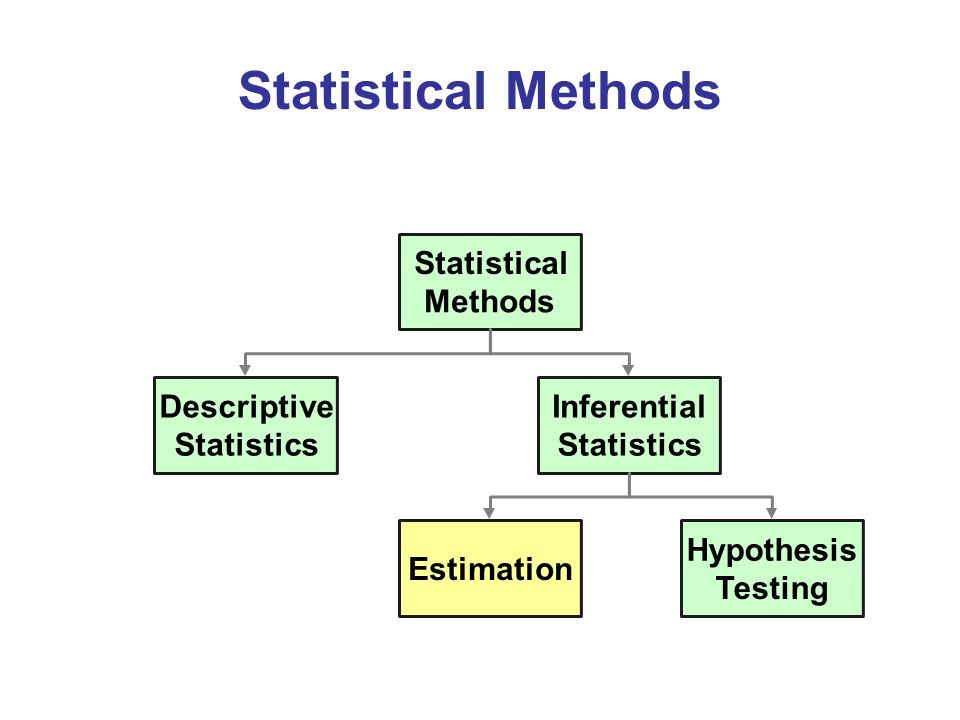With limited resources, scientific inquiries must be prioritized for further study, funding, and translation based on their practical significance: whether the effect size is large enough to be meaningful in the real world. Doing so must evaluate a result's effect strength, defined as a conservative assessment of practical significance. We propose the least difference in means ($\delta_L$) as a two-sample statistic that can quantify effect strength and perform a hypothesis test to determine if a result has a meaningful effect size. To facilitate consensus, $\delta_L$ allows scientists to compare effect strength between related results and choose different thresholds for hypothesis testing without recalculation. Both $\delta_L$ and the relative $\delta_L$ outperform other candidate statistics in identifying results with higher effect strength. We use real data to demonstrate how the relative $\delta_L$ compares effect strength across broadly related experiments. The relative $\delta_L$ can prioritize research based on the strength of their results.
翻译:在资源有限的情况下,科学调查必须根据其实际意义优先进行进一步研究、供资和翻译:影响大小是否足够大,在现实世界中有意义;这样做必须评估结果的效果强度,定义为对实际重要性的保守评估。我们建议将手段上的差异最小($delta_L$)作为两样统计,可以量化影响强度,并进行假设测试,以确定结果是否具有有意义的效果大小。为了便于达成共识,$\delta_L$允许科学家比较相关结果之间的效果强度,并选择不同的假设测试阈值,而不重新计算。$\delta_L$和相对的$\delta_L$优于其他候选人统计数据,以确定效果更大的效果强度。我们使用真实数据来证明相对的美元=L$如何在广泛的相关实验中比较效果强度。相对的$delta_L$能够根据结果的强度确定研究的优先次序。



